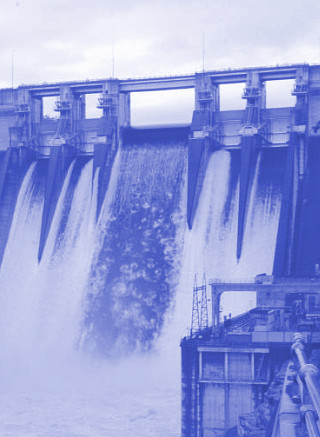Warragamba to fill soon
 WaterNSW says it is monitoring inflows to Warragamba Dam, which has received twice its volume in 18 months.
WaterNSW says it is monitoring inflows to Warragamba Dam, which has received twice its volume in 18 months.
Warragamba has been sitting at 97.9 per cent of storage capacity this week, and is expected to receive sufficient inflow to reach 100 per cent by the end of the week, based on the most likely forecast from the Bureau of Meteorology.
Once the storage approaches 100 per cent, WaterNSW specialist teams at Warragamba move to 24-hour rosters and prepare critical equipment such as dam gates in case the storage exceeds capacity and spills.
Exceptional La Nina weather conditions over the past 12-18 months have resulted in huge volumes of water flowing into Warragamba Dam, from across a catchment that covers over 9,000 square kilometres, keeping the storage at or near capacity since August last year.
Since March 2021, Warragamba Dam – which holds 2,000 gigalitres (GL) - has received approximately 4,200 GL, more than twice its storage capacity (and more than eight times the volume of Sydney harbour).
Since November 2021 WaterNSW has proactively made controlled releases of 1,000 GL – the equivalent of half the dam’s storage – to reduce the storage level as much as is permitted under its operating rules.
As the primary water supply for Greater Sydney, Warragamba Dam does not have a dedicated flood mitigation function, but its operating protocols allow for the storage to be reduced by up to one metre after reaching 100 per cent.
Once the dam reaches 100 per cent, WaterNSW continues releasing water through the gates to reduce the storage by one metre, to 96.5 per cent, and create capacity to capture 72 GL of inflow.
During this La Nina period recurring rainfall has resulted in available storage capacity often being rapidly re-filled with inflows from rivers in the dam’s saturated catchment, an area which stretches from north of Lithgow to south of Goulburn.
Warragamba is not the sole contributor to water in the Hawkesbury-Nepean Valley. During significant rain, large tributaries entering the river system downstream of the dam are a major contributor to the height of the rivers.








 Print
Print